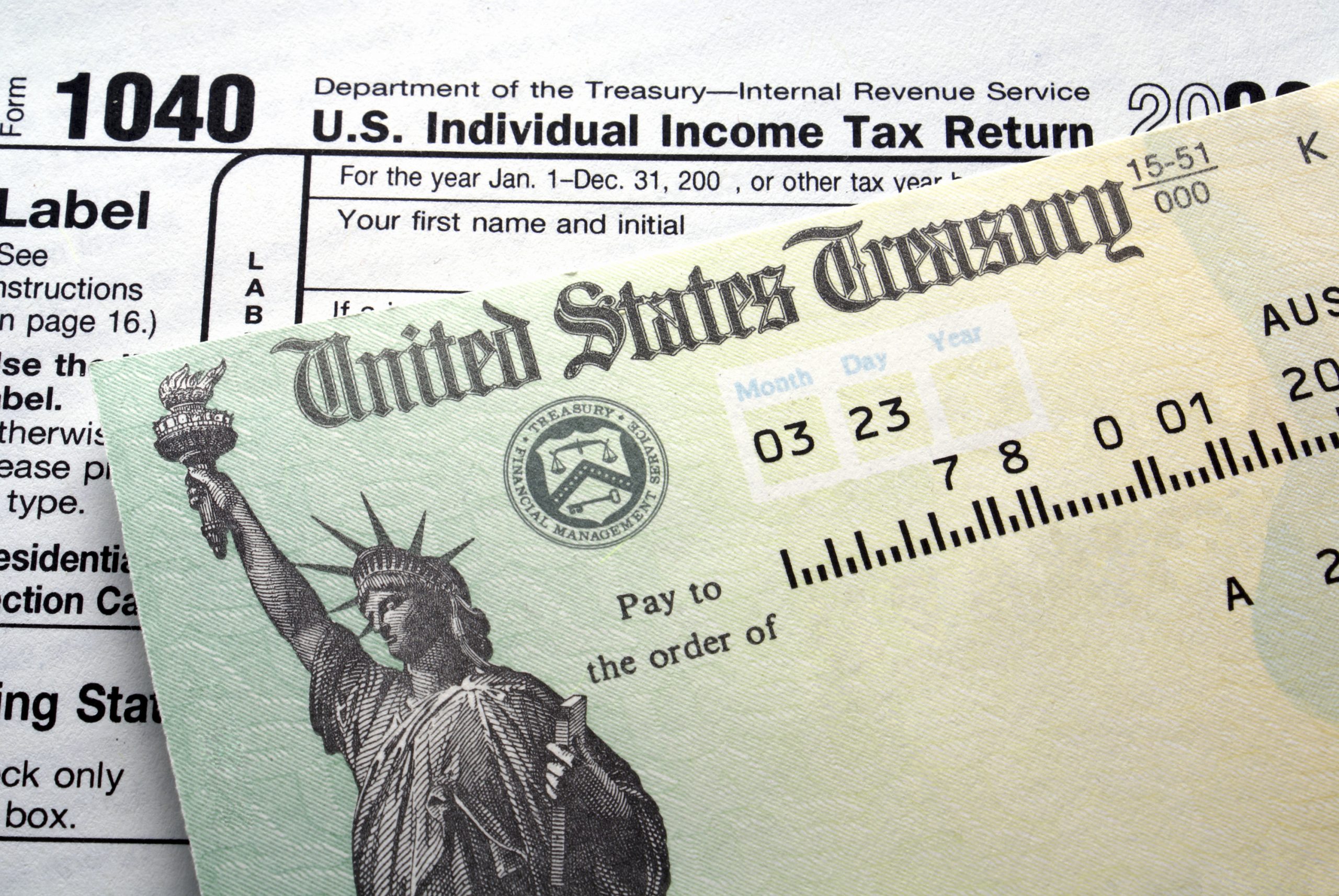
If you aren’t getting a tax refund this year, it might be a good idea to sit down now and figure out what adjustments you can make to ensure you do get one next year. Here are five things you can consider to help make that happen.
1. Adjust Your Withholdings
If you’re truly looking to get a payout come April, you may want to adjust your withholdings with your employer so you pay more taxes over the course of the year. Or, instead of giving the government a free loan, sit down and review your withholdings and see if you can break even. You can invest that money regularly and actually make a small percentage on what Uncle Sam would’ve held for you over the year. On the flip side, if you are getting a really big payout, here are some ways you can reduce your tax refund so you pocket more of your own money throughout the year.
2. Buy a Home
Owning your own home allows you to claim mortgage interest and property tax deductions, which can definitely decrease the amount you owe come tax time. If you do buy, don’t forget that any points you paid are deductible for that year.
3. Do Some Spring Cleaning
If you have a lot of things around the house you aren’t using or no longer want, you can donate them for a nice tax deduction. Household goods, clothes and other items can all be claimed. There are tools online that can help you figure out what a reasonable fair market value for those donations might be.
4. Start Investing
If your company offers a 401K and you aren’t already investing in it, know that you’re not only missing out on whatever matching funds they offer, you’re also passing up some tax advantages. Similar tax advantages also come with investing in IRAs and employee stock purchase plans.
5. Document Your Job Hunt
Did you take a new job, or are you currently looking for one? You may be able to deduct the costs to get your resume in shape, any fees paid to employment agencies or career counselors and even the cost of any travel you might’ve done during the search as a miscellaneous deduction. Just don’t forget the job must be in your current line of work and only the amount of your miscellaneous deduction that exceeds 2% of your adjustable gross income is deductible.
For more tips, read our guide on how to maximize your tax refund. And remember that keeping your credit in good standing helps you save money throughout the year, on everything from loan and credit card interest rates to mortgages. A good way to know how your credit is faring is by checking your credit scores for free each month on Credit.com and by getting your free annual credit report.
This article originally appeared on Credit.com and was written by Constance Brinkley-Badgett.










